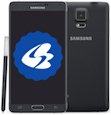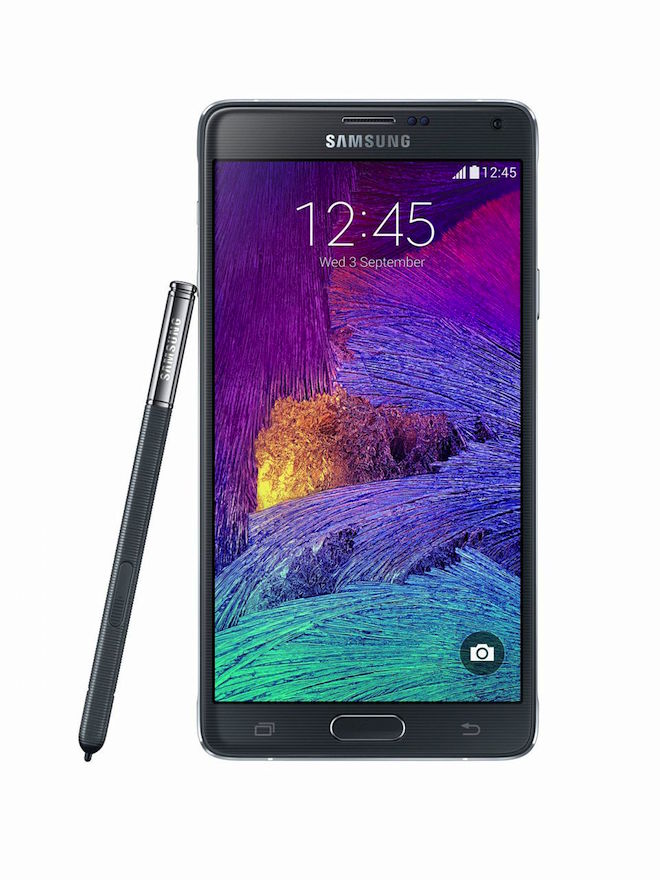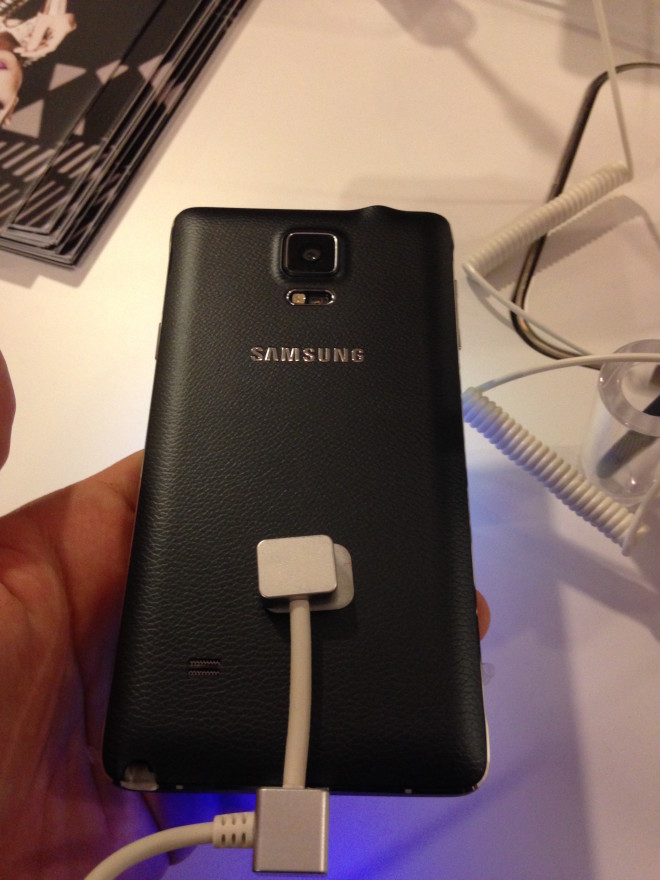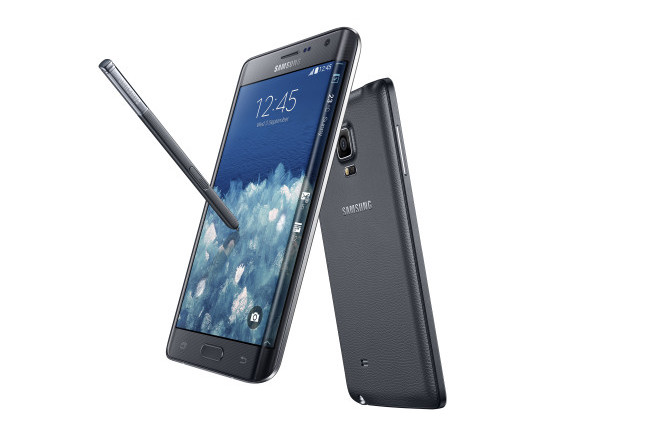 Samsung Galaxy The Note 4 is definitely a premium device when it comes to design. Today, the traditional leather imitation on the back of the phone is in a way the calling card of Samsung and its design team, which has undergone significant changes. This year, however, the design has been changed even more, and in addition to the back cover being slightly modified, aluminum has also been added to the game, which is located on the sides of the device. But why did Samsung decide to abandon the "stitching" we could see on the back Galaxy Note 3? And why did Samsung decide to combine plastic with an aluminum side frame? Samsung has already answered that.
Samsung Galaxy The Note 4 is definitely a premium device when it comes to design. Today, the traditional leather imitation on the back of the phone is in a way the calling card of Samsung and its design team, which has undergone significant changes. This year, however, the design has been changed even more, and in addition to the back cover being slightly modified, aluminum has also been added to the game, which is located on the sides of the device. But why did Samsung decide to abandon the "stitching" we could see on the back Galaxy Note 3? And why did Samsung decide to combine plastic with an aluminum side frame? Samsung has already answered that.
Samsung phones Galaxy Notes have always been designed to combine the digital and analog worlds. While the digital side is in charge of software, features and advanced hardware, the analog side is in charge of the S Pen, thanks to which it offers Galaxy Note 4 specific user experience when writing text on the screen. The S Pen has undergone a significant change compared to the previous model, and now the pen feels more natural. The main goal when designing the new S Pen was to hold it in the hand. However, the designers could not make a thicker pen, they also had to think about the thinness of the Note 4, which is why the pen has subtle patterns that make it easier to hold in the hand, because it doesn't slip as much and is therefore more usable. In addition, the designers also focused on the experience, and Samsung enriched the feeling of holding the S Pen with new virtual pens, which is why there is, for example, a calligraphy pen on the Note 4. The overall experience is then supported by the design of the pen tip. Designers wanted to imitate a traditional pen as reliably as possible and therefore tried to use several materials that would form the tip of the S Pen. The icing on the cake is that the S Pen is twice as sensitive and can recognize tilt, which is also reflected in the thickness of the written text.

Plus, under development Galaxy Note 4 was also contributed by the company Montblanc, which has been carrying on the tradition of luxury writing utensils since 1906. The designers of this company were also involved in Note 4, who, in cooperation with Samsung, wanted to transfer this important message to the digital world - after all, tapping screens can't replace the feeling of pen touching paper (or in this case, display). To give Samsung a thank you to Montblanc, the pair have developed exclusive Montblanc pre pens as part of their collaboration Galaxy Note 4, which, in addition to increasing the elegance of the phone, will bring exclusive wallpapers and effects upon unlocking.
//
Already last year's generation Galaxy The Note felt quite elegant, even though the phone was almost entirely plastic. On the other hand, its back was made of imitation leather, which had a bit of a traditional feel due to the stitching on its edge. Galaxy However, the Note 4 got rid of this element and offers only a pure leather imitation that looks very similar to the one on Galaxy Tab 3 Lite or on Galaxy Tab 4. The reason is that this year the designers built on a different concept than last year. While at the third Galaxy Note, Samsung focused on a classic impression, u Galaxy Note 4 designers tried to bring to the fore a modern look combined with an urban atmosphere. The result is a simpler design with fewer decorative elements, combined with an aluminum frame. However, this bezel is not completely straight, and people can see that Samsung has narrowed the sides with the use of a diamond. As they say, a clean, straight aluminum frame wouldn't be too interesting.

The concept of connecting the analog and digital worlds was also reflected in another device, which is Samsung Galaxy Note Edge. The novelty offers a side display on the right side of the device, which makes the phone quite a futuristic device. Several people wondered why the display is located on the right side and not on the left, and Samsung also prepared an answer to that. Samsung wanted to deliver again that feeling of natural use and Galaxy Note Edge is practically the size of a smaller book. And since most people turn pages from right to left, the choice fell on the right side. For a change, books are read from left to right, and therefore the left side had to be made up exclusively of the main display, which would not be disturbed by the side display on the left side.
//
The side curved display is a chapter in itself because it is curved. Developing a properly angled display was quite challenging because you had to account for holding the phone in your hand, you had to emphasize that the display is curved and thirdly, you had to design the display in such a way that users could only press the buttons on it when they were touched with your fingers and not, for example, your palm. This display then features a new environment labeled Revolving UX that allows you to flip between the various feature pages found on this side display. The name comes from the revolving door and the fact that people "rotate" between the contents on this display somehow connects the display with this designation.

*Source: Samsung